Wyoming’s transportation agency is sketching out its next long-range roadmap through 2050, and the message is blunt: inflation is eating the budget faster than crews can maintain highways. Systems planning engineer Brenden Schaefer says WYDOT has spent the past decade in “preservation mode” — fixing what exists and avoiding big expansions. But when costs rise and revenues don’t, preservation quietly slides toward “disinvestment,” where pavement and bridges start to lose ground, Gillette News Record reports.
“We’re probably slipping — or have slipped — into the beginnings of that,” he said.
The numbers back it up. WYDOT expects about $812.2 million in revenue next year from fuel taxes, registrations and other state sources, with $469.4 million slated for the highway improvement program that covers paving, passing lanes and similar work. Fuel-tax income has been flat since the rate last changed in 2014, and today’s vehicles sip less gas. Meanwhile, construction costs are up 42% over the past decade. To claw back eight years of wear and improve overall conditions, the agency estimates it would need more than $2 billion over the next 10 years.
Lawmakers are weighing how to help. A proposal to raise the state fuel tax from 23 to 33 cents per gallon by 2028 was tabled in August but is back on the agenda Oct. 20. One bright spot already passed: starting July 1, sales and use taxes on motor vehicles and trailers now flow to the highway fund, which could add roughly $69 million next fiscal year. Schaefer called it a meaningful step, even if inflation continues to outpace buying power.
WYDOT says the squeeze isn’t unique to Wyoming. Deputy public affairs officer Jordan Young points to post-COVID construction booms and supply chain strain for materials like asphalt, concrete and aggregate — everyone’s trying to build at once. That matters in a state where people drive farther than almost anywhere in the country and where towns like Buffalo sit at the junction of high-volume corridors on I-25, I-90 and US 16.
Industry groups are pushing for more than patch jobs. Associated General Contractors of Wyoming director Dan Benford argues that simply resurfacing over tired substructures isn’t sustainable, and that the state should add capacity where freight, agriculture, energy and tourism are already stretching the system. Contractors, he notes, invest in people and equipment based on a predictable project pipeline — which requires predictable funding.
Expect more chances to weigh in soon. WYDOT plans another online meeting and fresh materials on the long-range plan later this month, and is asking residents to call out their priorities. Schaefer likens the network to utilities: you expect roads to “turn on” when you need them, but reliability has a price.
“If folks want a really nice transportation system, it’s going to cost money,” he said. “The question is what they’re willing to pay — and how.”
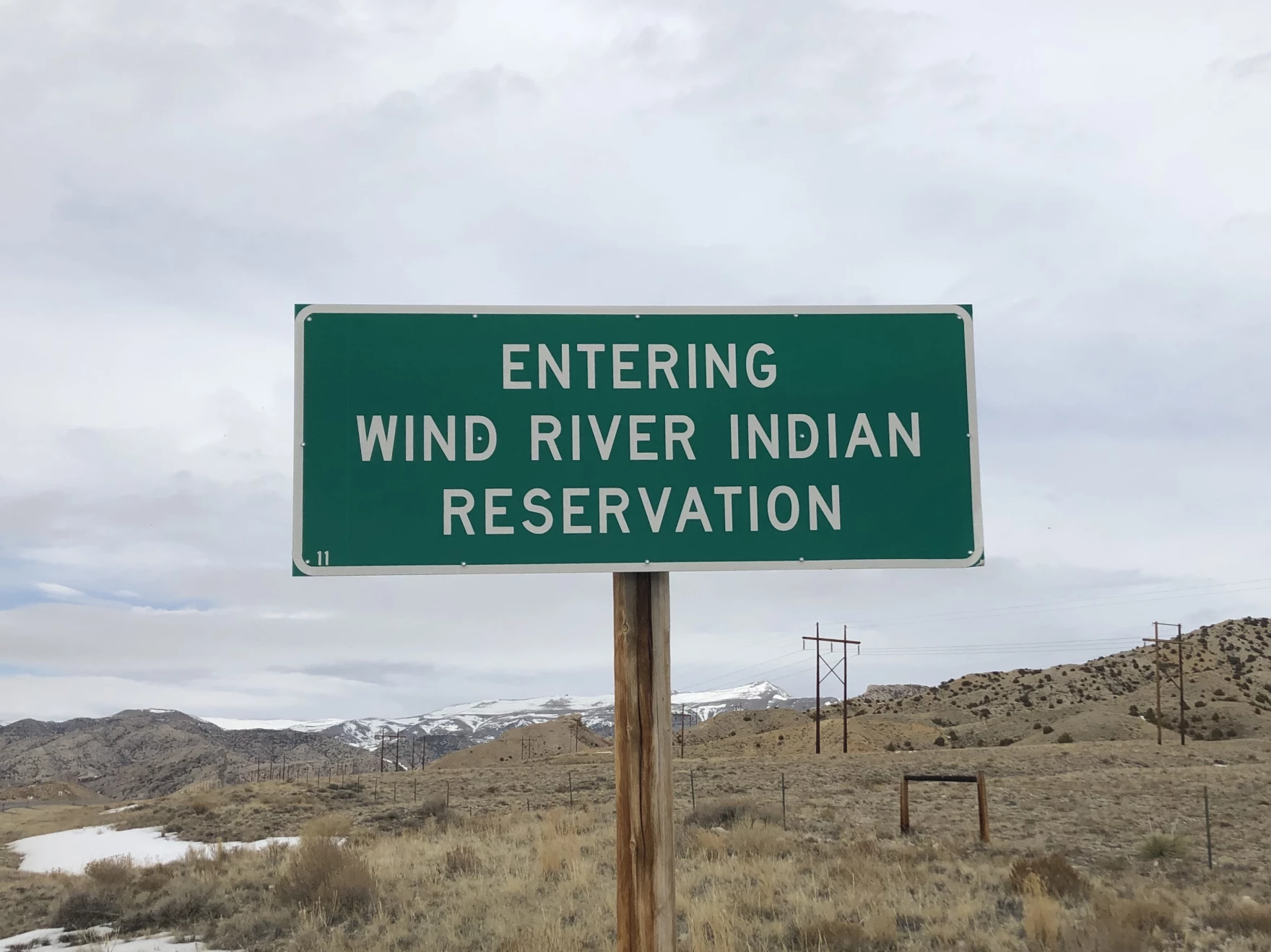
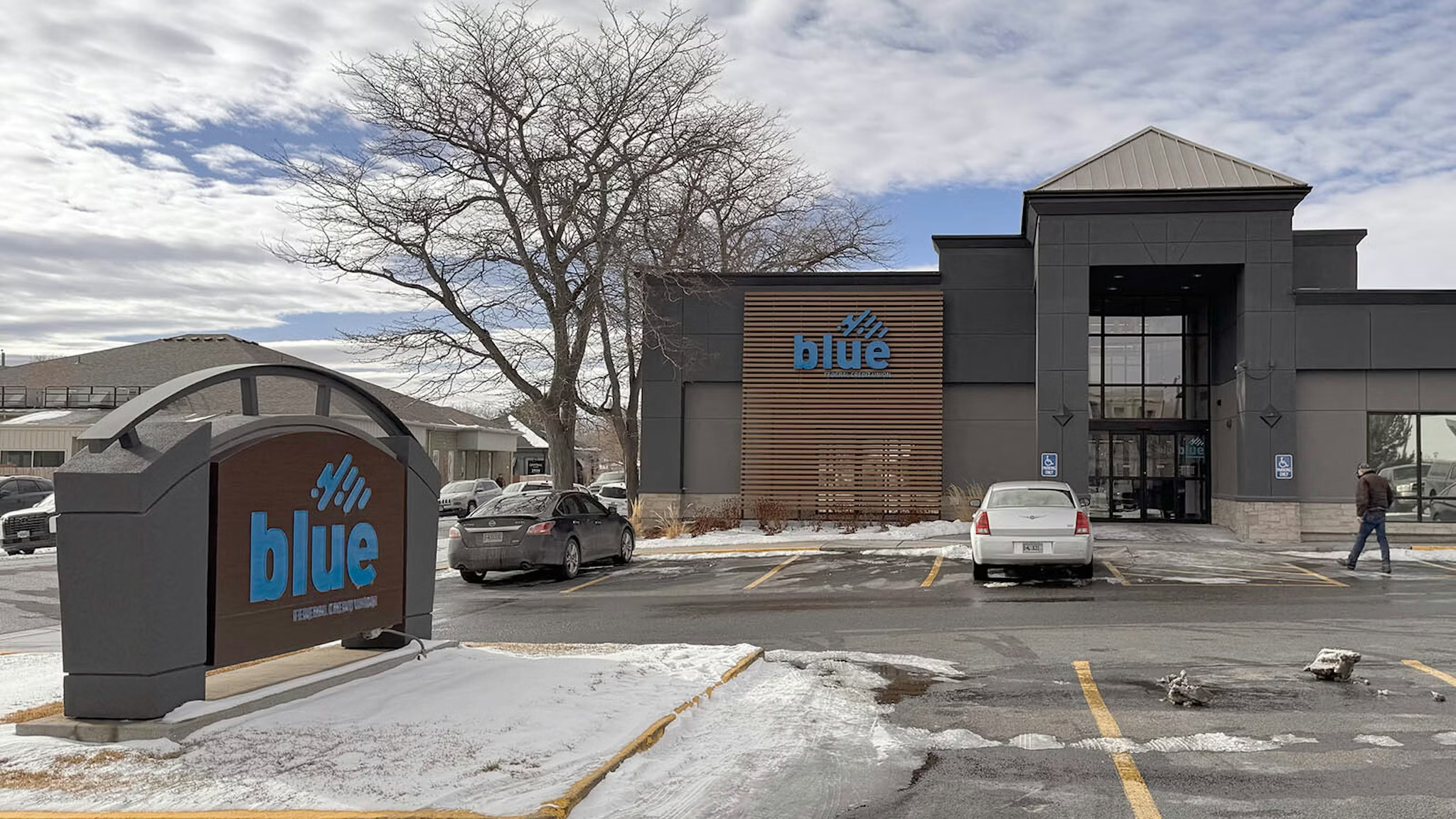
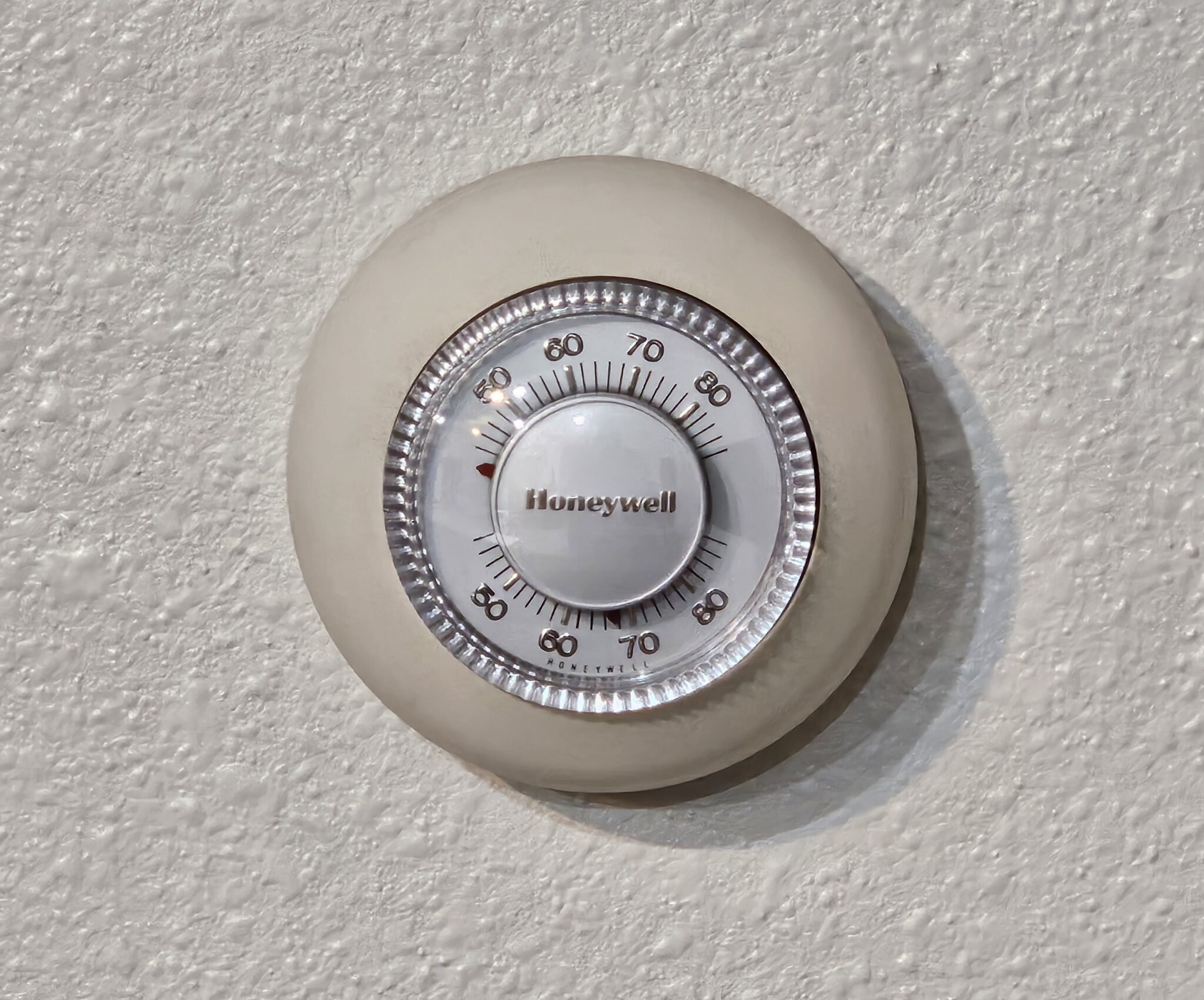
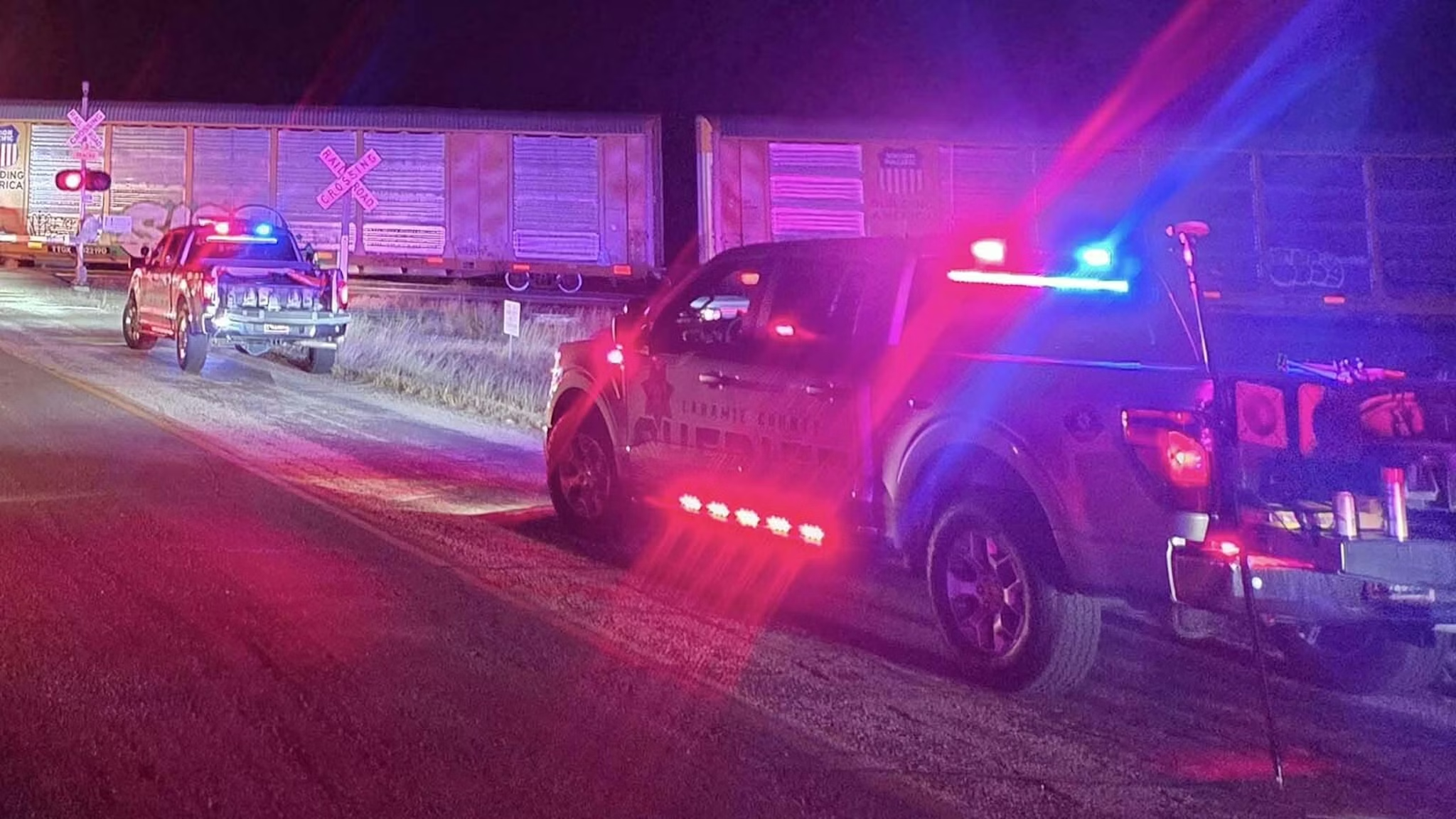
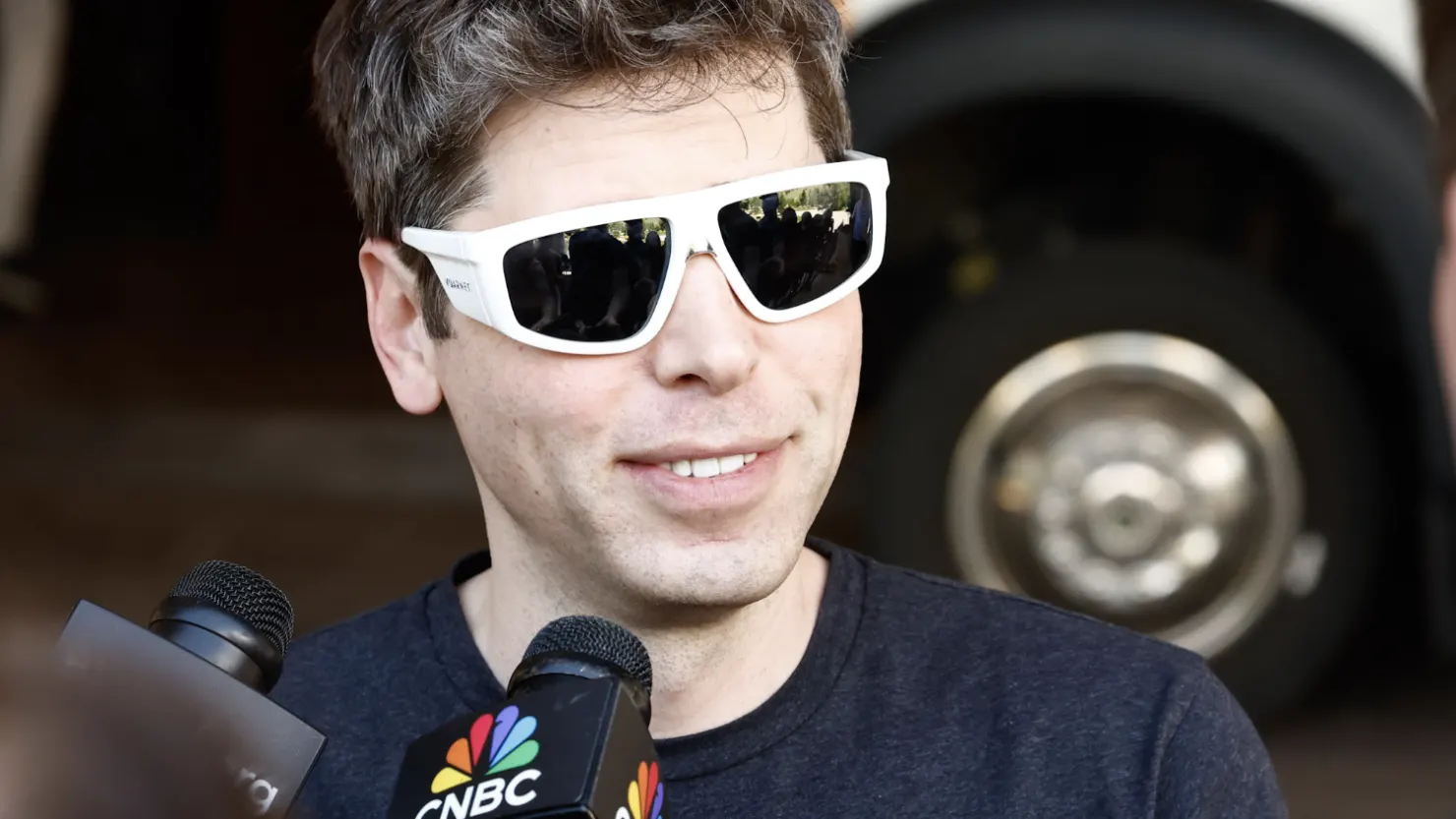
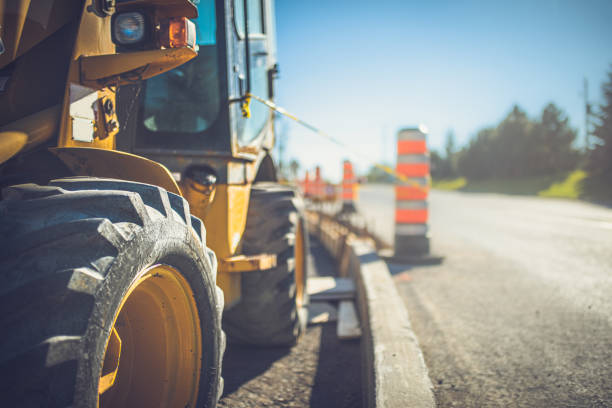

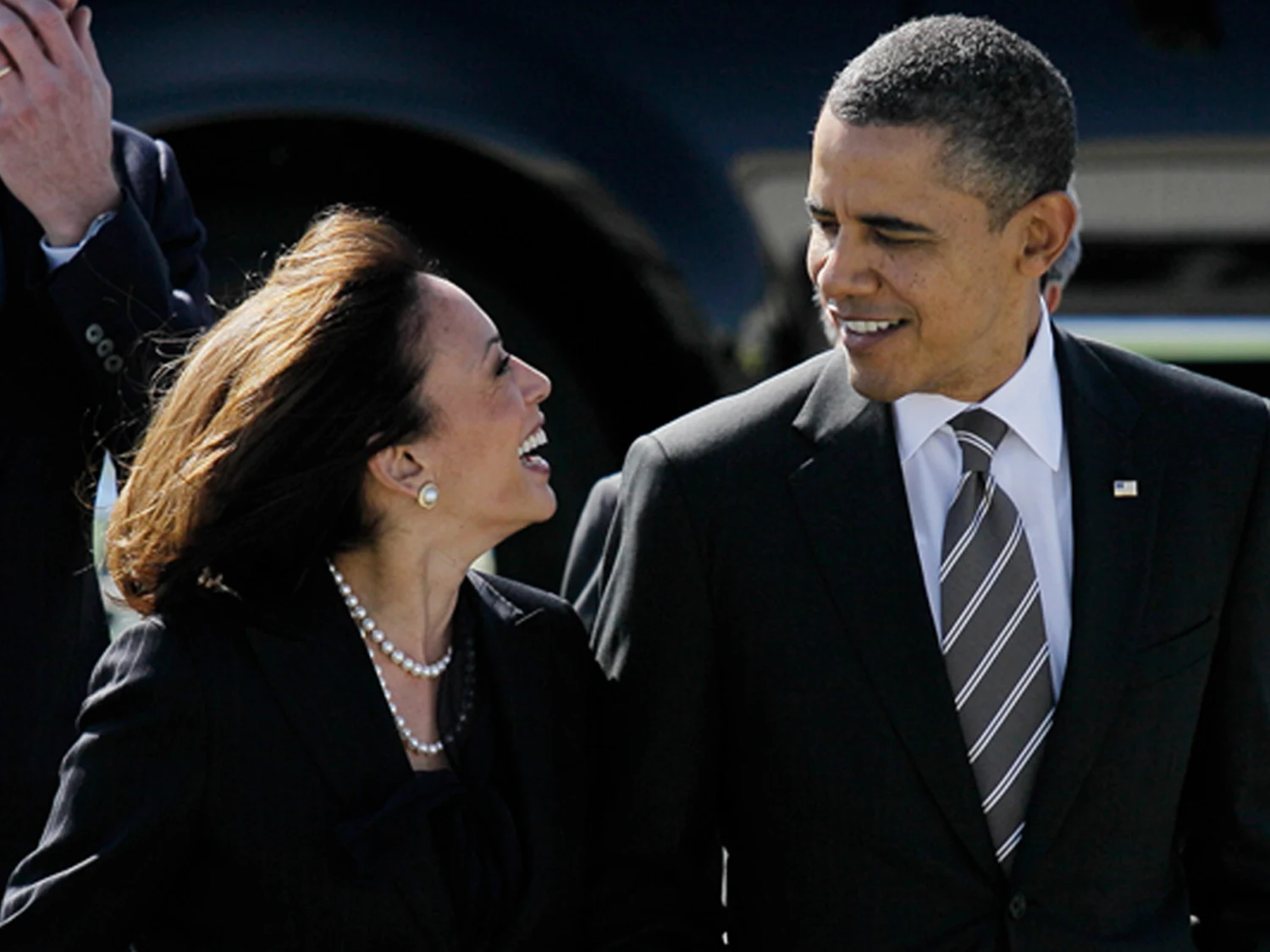


The latest news in your social feeds
Subscribe to our social media platforms to stay tuned